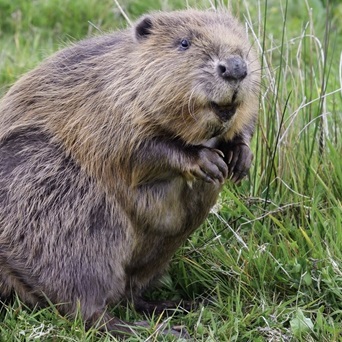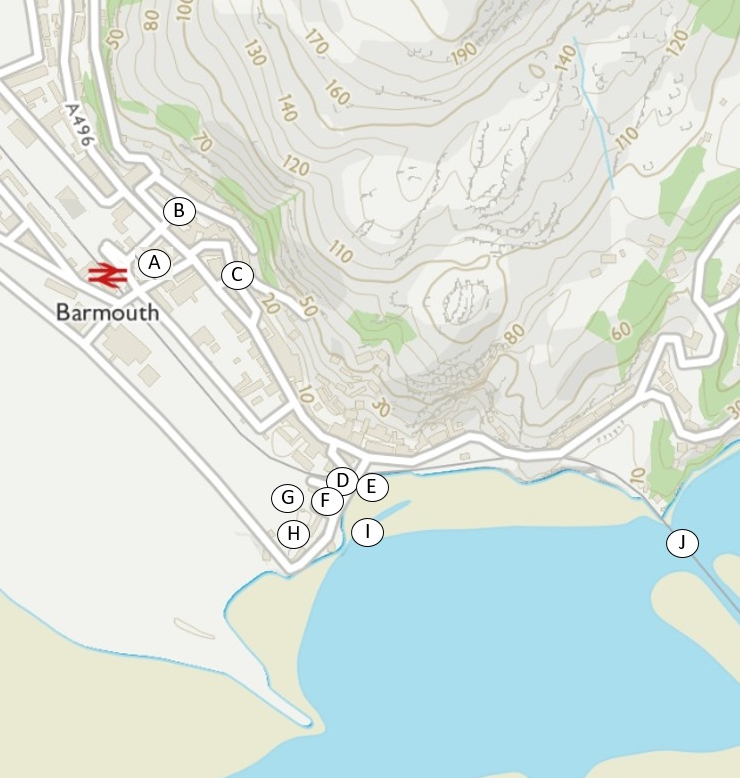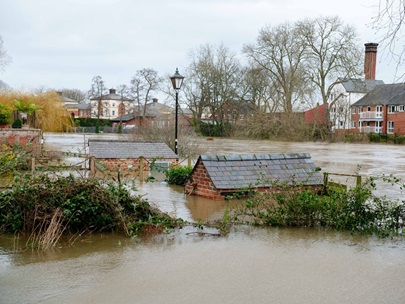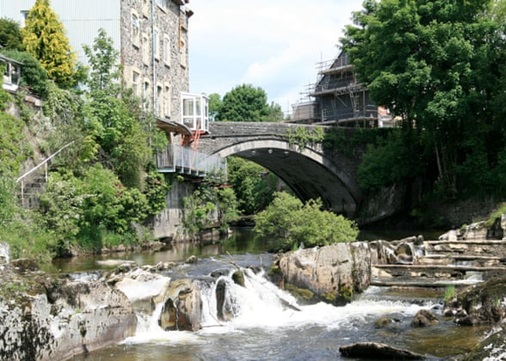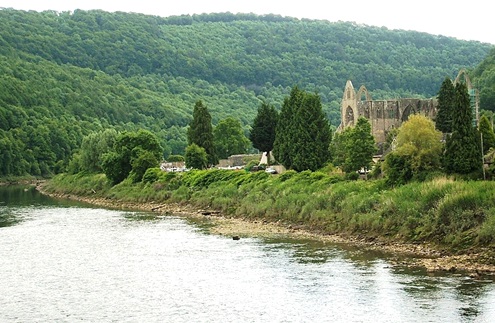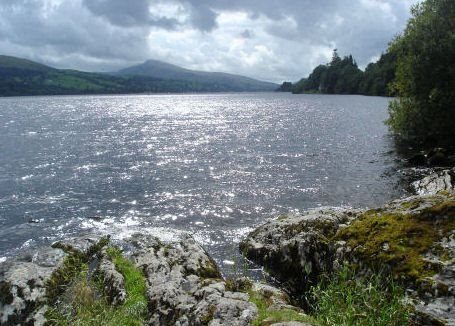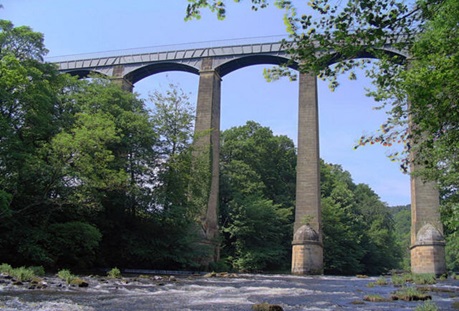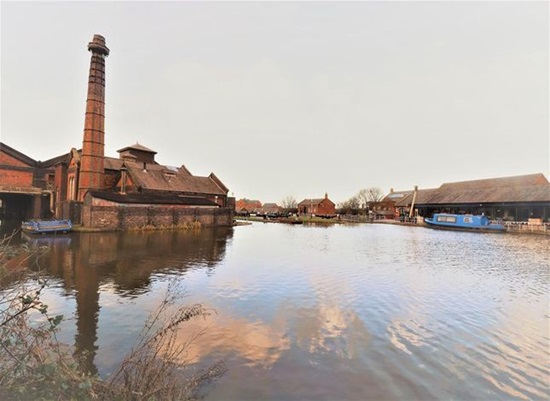Re-introducing wildlife
Brown bears lived in Britain in Roman times, and wolves and eagles were common during the middle ages.
Shakespeare wrote about red kites being numerous in London, and stealing clothes from washing lines to build their nests.
Over the centuries, many species have been lost due to hunting or damage to their habitats.
In recent years there have been a number of projects to re-introduce wildlife into areas of Wales.
This can be done by bringing wild animals from populations in other regions.
Animals may also be bred in captivity, then released.
Re-introduction can be encouraged to occur naturally by improving the habitats required by animals or birds.
One of the earliest projects was to protect the rare red kites which occasionally nested in mid-Wales.
Centres were set up to feed the birds, and their numbers have increased.
Red kites can now often be seen circling over the Welsh mountains.
There has also been success in encouraging ospreys to nest in the western estuaries of Wales, where they have a good food supply of fish.
Another project is the re-introduction of a family of beavers to the Dovey estuary.
It is hoped that the beavers will feed on the willow which grows along the banks of the estuary.
Removing the willow may restore open wetlands, which would encourage the growth of mosses to create peat.
Peat is very beneficial in removing carbon dioxide from the air and reducing green house gases in the atmosphere.
Beavers may also be released in upland river valleys.
They would create dams in streams, which may delay the flow of water after a storm and reduce flooding in villages down stream.
More wild goats are now seen on steep slopes of some of the mountains.
They can eat the vegetation on rocky ledges, so that sheep are not tempted to go into dangerous places.
Some species have returned to Wales naturally due to improvements in the environment.
With the end of heavy industries such as coal and metal mining, the rivers are cleaner and fish have returned.
Also, a reduction in the fishing industry along the west coast of Wales has left more food available for marine mamals.
The populations of seals and dolphins have increased.
Translate the sentence:
Brown bears lived in Britain in Roman times, and wolves and eagles were common during the middle ages.
Suggested translation: (a number of alternatives acceptable)
